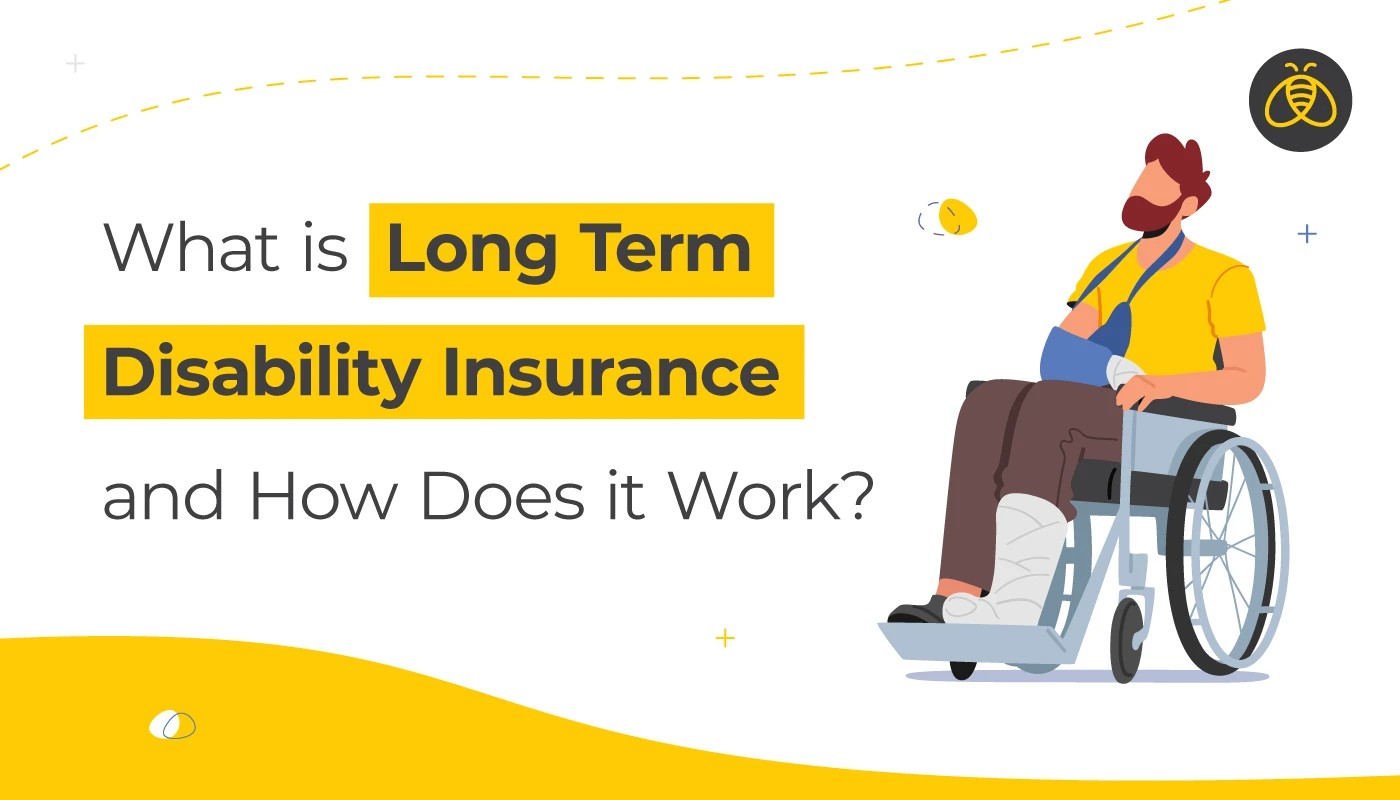Resilience is often described as the ability to recover from adversity, adapt to change, and continue moving forward despite challenges. In both personal and business contexts, resilience is not just a desirable trait—it’s a critical capability. While many factors contribute to resilience, insurance plays a uniquely strategic role by providing a financial and psychological buffer against the unexpected. It’s not merely a safety net; it’s a mechanism that enables individuals and organizations to withstand shocks and maintain continuity in the face of disruption.
At its most fundamental level, insurance helps build resilience by transferring risk. Life is unpredictable, and no amount of planning can eliminate the possibility of illness, accidents, natural disasters, or economic downturns. Insurance doesn’t prevent these events, but it does mitigate their impact. When a family has health coverage, a medical emergency doesn’t have to become a financial catastrophe. When a business carries property insurance, a fire or flood doesn’t necessarily mean the end of operations. This ability to absorb and recover from setbacks is the essence of resilience.
Beyond financial protection, insurance contributes to resilience by fostering confidence. Knowing that you’re covered allows you to make decisions with greater assurance. A startup founder might take a calculated risk on a new product line, knowing that business interruption insurance can help cushion the blow if things go awry. A homeowner might invest in renovations, secure in the knowledge that their policy will protect against structural damage. This confidence is not reckless—it’s informed and supported by a system designed to help people bounce back. In this way, insurance becomes a quiet enabler of progress.
Insurance also plays a vital role in community resilience. When disasters strike, insured individuals and organizations are often able to recover more quickly, reducing the strain on public resources and charitable aid. This ripple effect benefits entire regions. For example, after a major hurricane, insured businesses can reopen sooner, restoring jobs and services that are essential to recovery. Insured homeowners can begin repairs, stabilizing neighborhoods and preventing further decline. The presence of insurance accelerates the healing process, helping communities regain their footing and rebuild stronger than before.
In the business world, resilience is closely tied to continuity. Companies must be able to maintain operations, serve customers, and protect employees even when faced with disruption. Insurance supports this continuity by covering losses, facilitating recovery, and enabling strategic planning. A manufacturer with supply chain insurance can navigate delays or shortages without halting production. A professional services firm with cyber liability coverage can respond to data breaches with speed and transparency. These capabilities are not just operational—they’re reputational. Clients and partners are more likely to trust organizations that demonstrate preparedness and reliability.
Resilience also involves learning and adaptation, and insurance can support these processes. Claims data, risk assessments, and policy reviews provide valuable insights into vulnerabilities and trends. Businesses can use this information to refine practices, strengthen safeguards, and make more informed decisions. For instance, a company that experiences repeated claims related to workplace injuries might invest in better training or equipment. Over time, these adjustments reduce risk and enhance resilience. Insurance, in this context, is not just reactive—it’s a catalyst for improvement.
On an individual level, insurance contributes to emotional resilience. The stress of facing a crisis is compounded when financial uncertainty looms. Coverage provides a sense of security that allows people to focus on recovery rather than survival. A person dealing with a serious illness can concentrate on treatment and healing, rather than worrying about medical bills. A family coping with the loss of a breadwinner can grieve and regroup, knowing that life insurance will help sustain them. This emotional stability is essential for resilience, enabling people to navigate hardship with dignity and hope.
However, the role of insurance in building resilience depends on accessibility and understanding. Coverage must be affordable, relevant, and clearly communicated. Too often, people are underinsured or unaware of what their policies actually cover. This gap undermines the protective function of insurance and leaves individuals and businesses vulnerable. Insurers have a responsibility to educate clients, simplify products, and foster trust. When people feel informed and supported, they are more likely to engage with insurance proactively and use it as a tool for resilience.
Technology is helping bridge these gaps. Digital platforms make it easier to compare policies, manage coverage, and file claims. Data analytics enable personalized recommendations and predictive insights. These innovations enhance transparency and responsiveness, making insurance more user-friendly and effective. As the industry evolves, the focus is shifting from transactions to relationships—from selling policies to supporting resilience. This shift reflects a deeper understanding of what people and organizations truly need in times of uncertainty.
Ultimately, insurance is more than a financial product—it’s a strategic resource for resilience. It empowers individuals to face life’s challenges with confidence, enables businesses to navigate disruption with agility, and supports communities in recovering from adversity. In a world where change is constant and risk is inevitable, the ability to bounce back is invaluable. Insurance, when thoughtfully designed and responsibly delivered, helps make that possible. It’s not just about protection—it’s about possibility. And in that sense, it plays a vital role in shaping a more resilient future for everyone.





